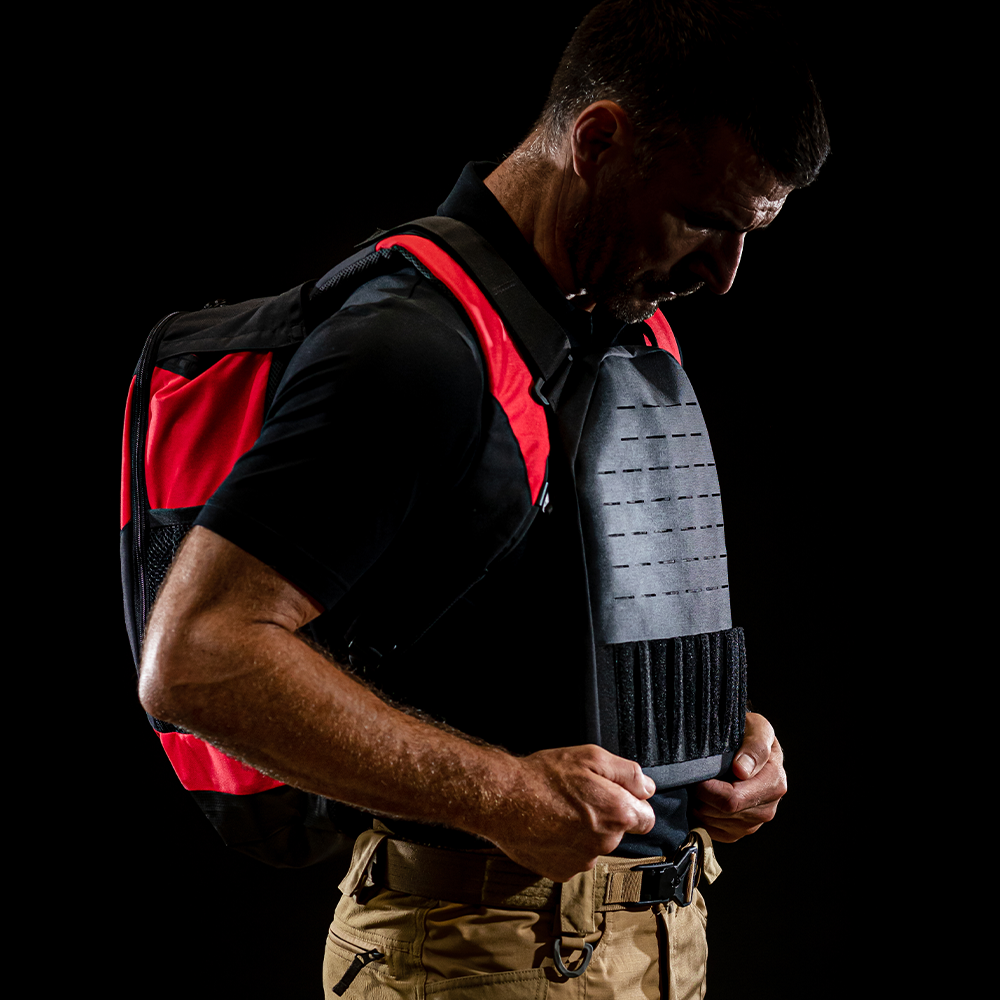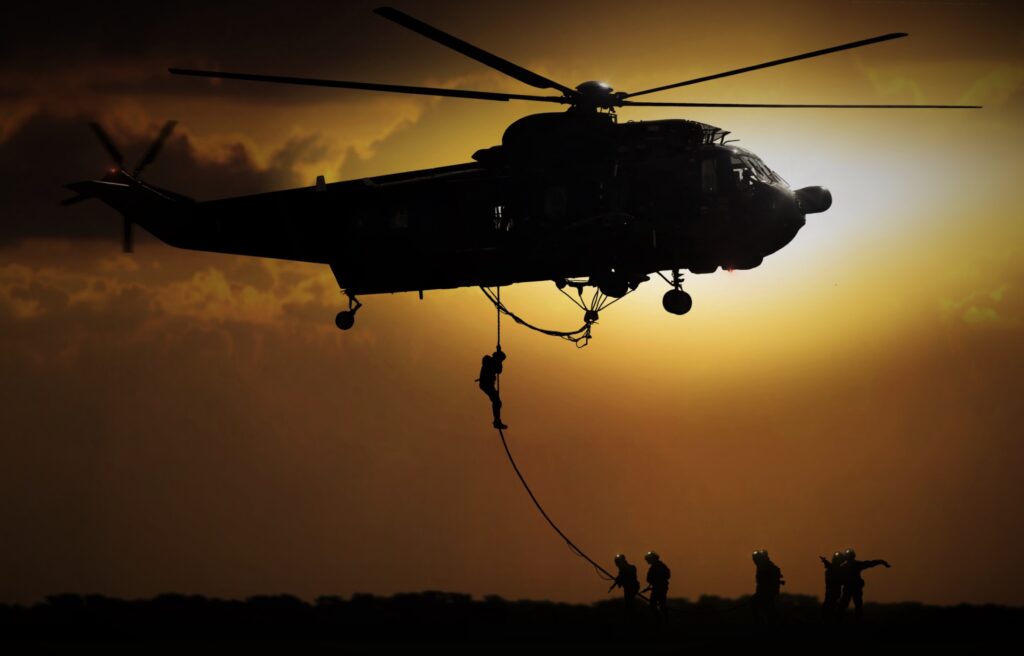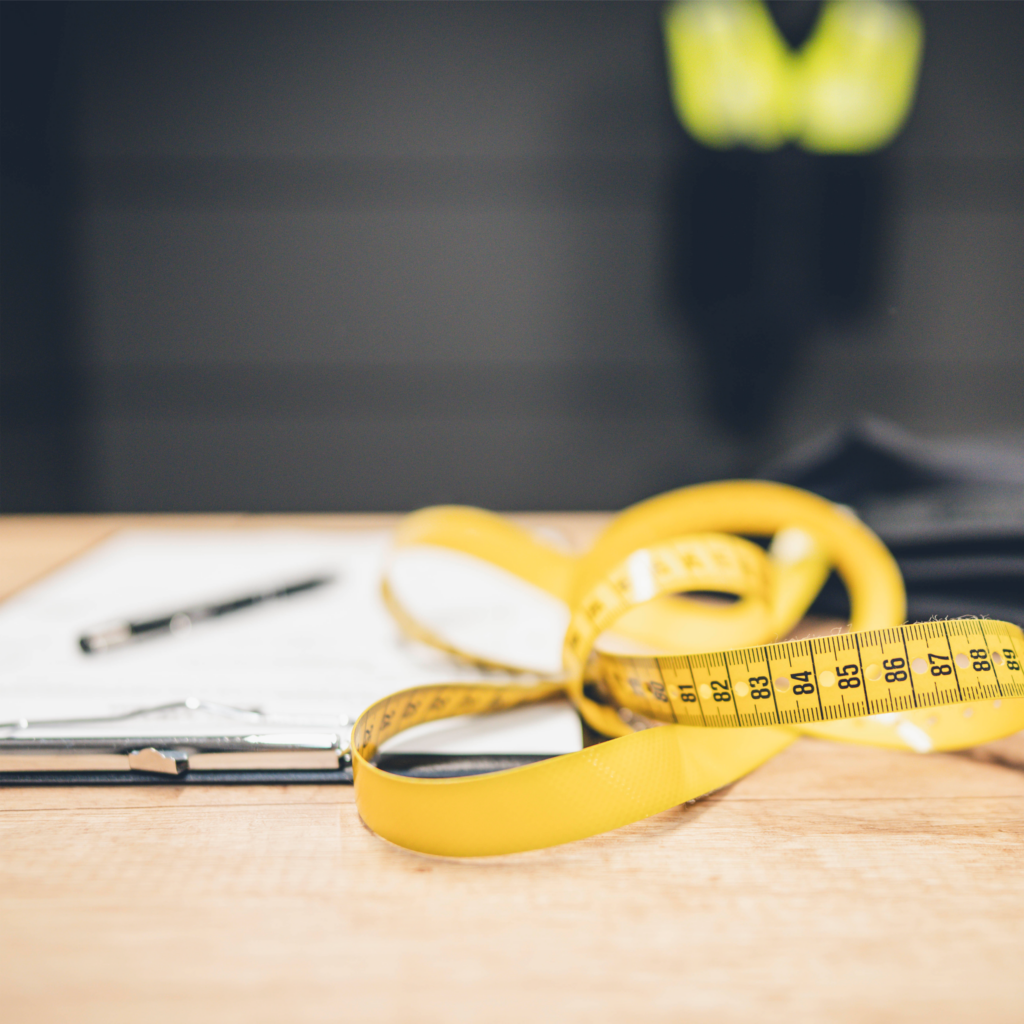
Aramid, UHMWPE & ceramics: the key elements of high-performance body protection solutions
Modern body armour is made of coordinated layers. This includes a protective outer shell or carrier system into which matching ballistic inserts are fitted. Three material families shape the production of modern protective fabrics and hard ballistic plates: aramid, ultra‑high‑molecular‑weight polyethylene (UHMWPE), and technical ceramics. In this blog post, we explain the properties that define these materials and why they are used in body armour.
Aramid
Aramid fibres, such as Kevlar® or Twaron®, are considered robust and heat-resistant. After being spun, the fibres are pulled so the polymer chains align along the fibre and the tensile strength increases in the longitudinal direction. Why are the fibres stretched? It makes the fibres tougher and more resilient without adding unnecessary weight. In practice, aramid is used as a flexible fabric, as it is resistant to deformation and fits tightly against the body, or as unidirectional layers (UD), where the fibres in one layer point in the same direction. Clean cuts and sealed edges prevent fraying, and protective sleeves plus dry, dark storage protect the fibres from UV exposure and moisture.
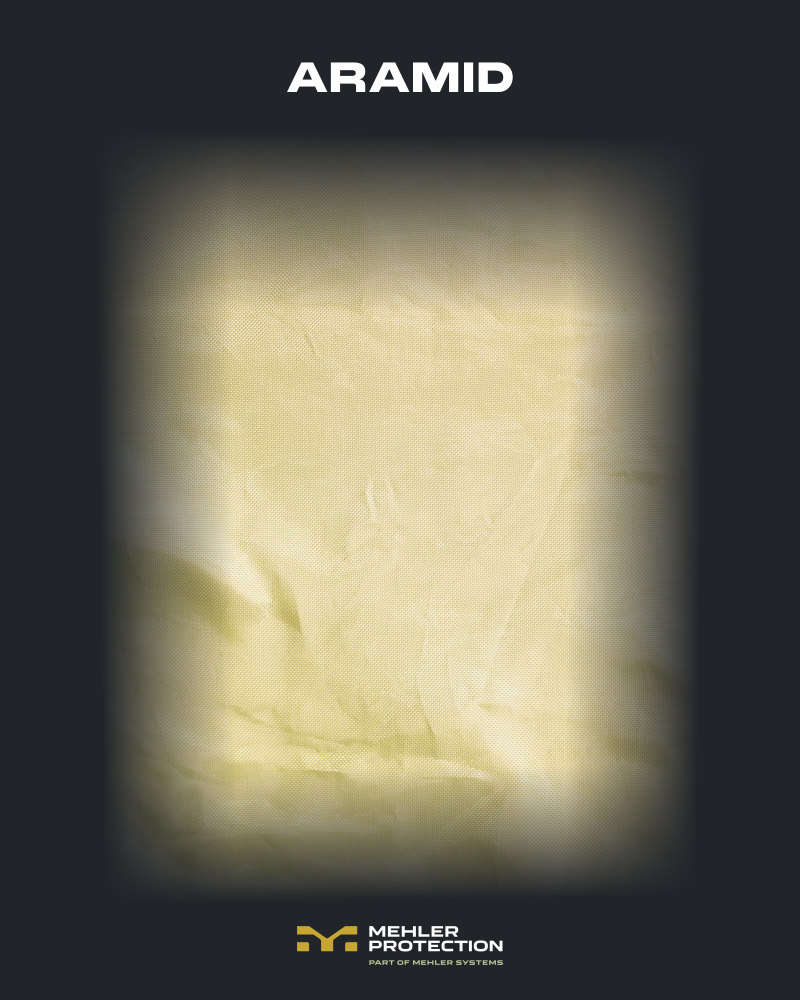
Ultra-high-molecular-weight polyethylene (UHMWPE)
Ultra‑high‑molecular‑weight polyethylene (UHMWPE), marketed under names such as Dyneema® and Spectra®, is renowned for its low weight and high energy absorption. In production, the extremely long polymer chains are aligned so the fibers attain very high longitudinal strength and toughness. The result is effective protection at low weight and noticeably improved wearing comfort. UHMWPE is supplied as woven fabrics or as unidirectional (UD) layers that are often cross‑plied to form a stable, load‑bearing structure. UHMWPE laminates can also be molded under heat and pressure into ergonomic shapes, subtle curves for the chest, shoulders, or rib, making the material especially suitable where weight savings and comfort are priorities.
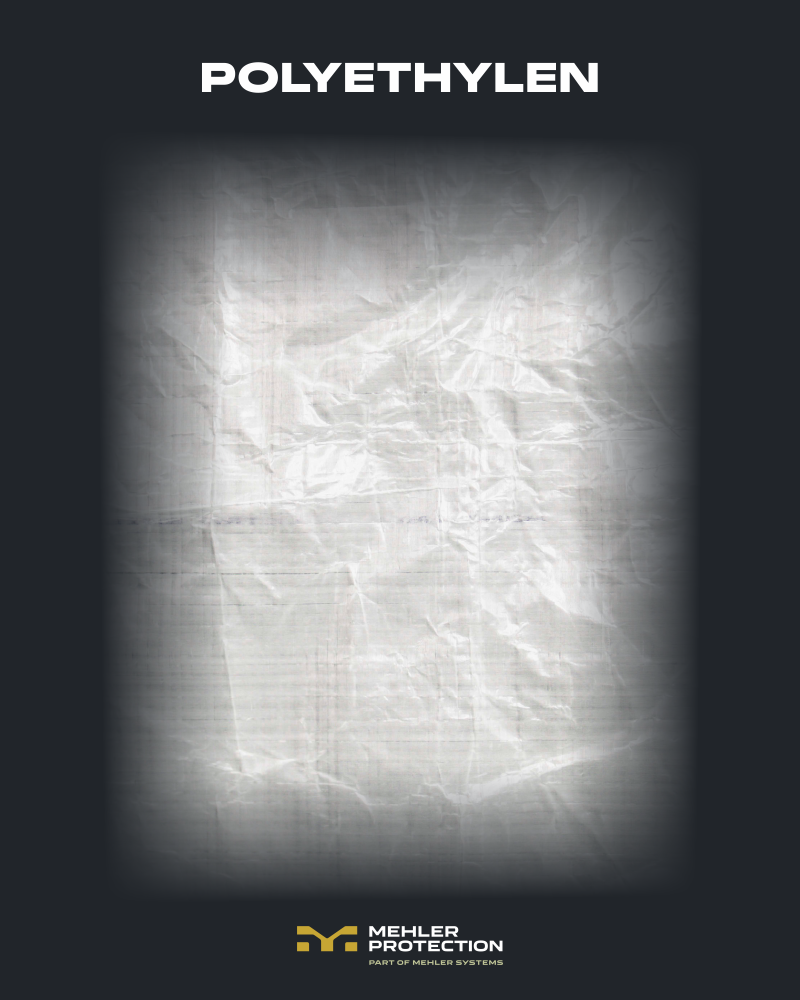
Ceramics
To defeat rifle rounds and other high‑velocity projectiles, technical ceramics provide a hard strike face paired with a tough textile backing. Common ceramics include aluminium oxide (alumina), silicon carbide and boron carbide, all produced from fine powders that are sintered at high temperature to achieve very high density and hardness.
Plates are offered as monolithic pieces, which spread impact across a large area and deliver strong single‑hit performance, or as arrays of many small tiles, which confine damage locally, improve multi‑hit capability and allow the plate to be formed into complex curves for a better fit.
Ceramics are never used alone: a backing of aramid or UHMWPE layers sits behind the ceramic to catch fragments, absorb residual energy and provide mechanical support. In short, the hard front fractures or blunts the projectile while the tough textile backing traps debris and dissipates the remaining energy; together producing a safer, integrated protective system.
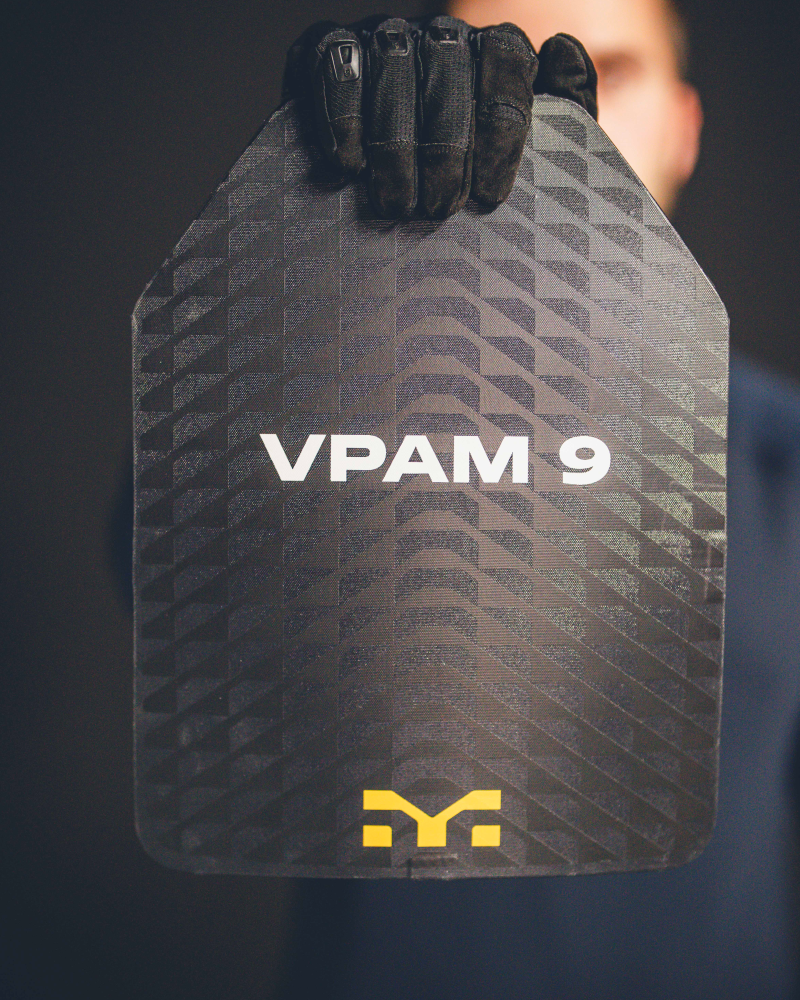
Hybrid systems
Hybrid systems blend the strengths of multiple materials. Soft ballistic panel, made from aramid fabrics, UHMWPE unidirectional (UD) layers, or hybrid laminate, provide small arms protection while preserving mobility. Hard ballisztic solutions for rifle threats pair a ceramic strike face with a textile backing. Together, these elements deliver flexible, mobile coverage where needed and rigid, high‑protection zones over vital areas, ensuring continuous protection without gaps.
Standards, ergonomics and care
The path from need to finished product starts with a threat analysis: what level of protection is required, how much can the vest weigh, for how long and under what climatic conditions will it be worn? This is followed by the selection of material. For hard and soft ballistics, standards such as NIJ or VPAM provide specifications for test setups and ammunition types. Reliable production can been observed through the product’s traceability via serial numbers and production batches and documented process controls, along with non-destructive testing of ceramic composites and clear, up-to-date test reports.
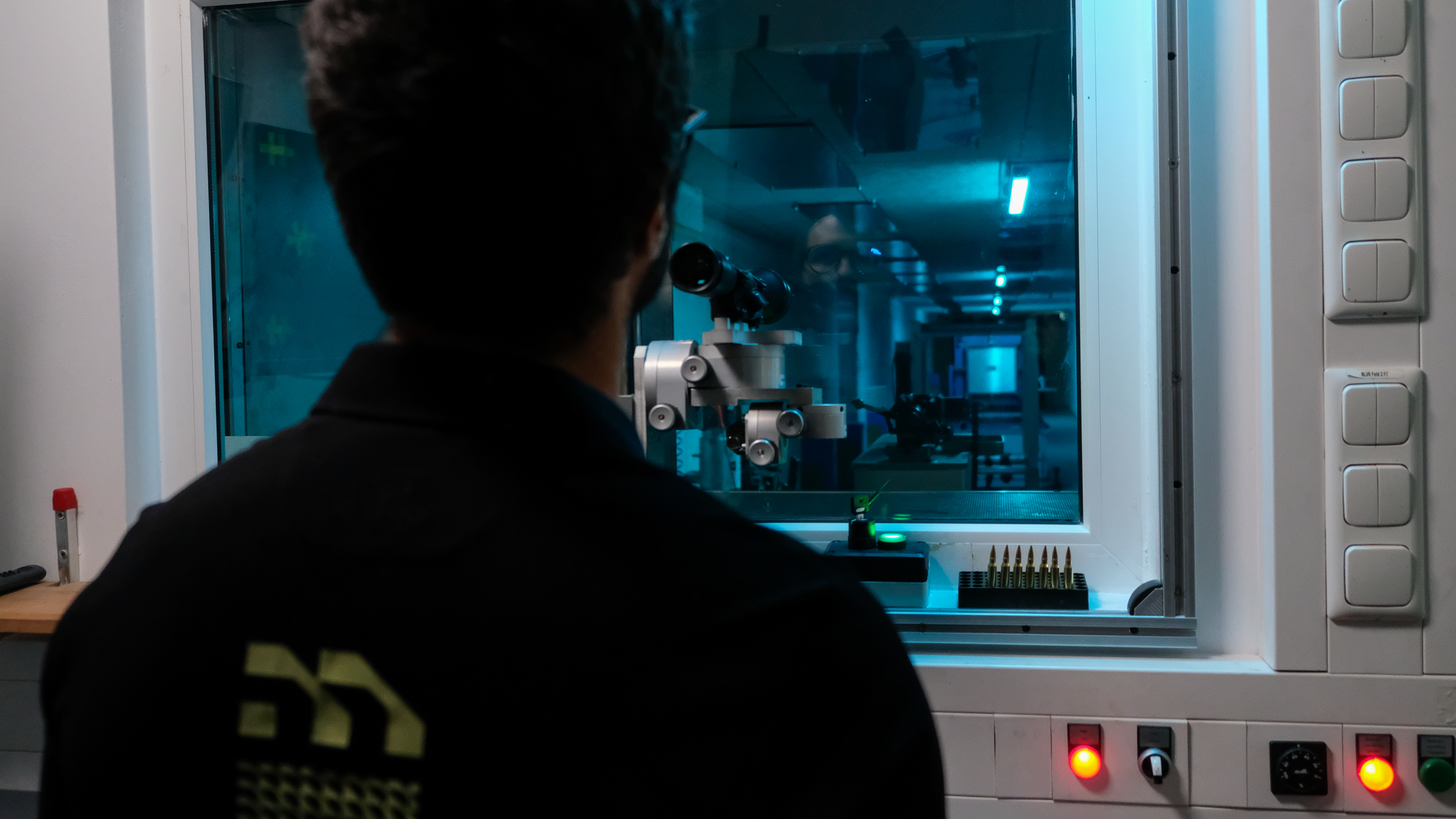
The ergonomics of a vest determine whether it genuinely delivers the desired performance in everyday use. Ergonomically shaped plates and finely tuned contours in the chest, shoulder and hip areas reduce pressure points and improve weight distribution. Textile laminates are formed without compromising fibre orientation, and ceramics are designed to fit the target contour as closely as possible, or undergo meticulous post-processing. These features lead to reduced muscle strain, minimised heat accumulation at contact points, and the ability to wear the protective vest for longer periods while maintaining comfort.
Durability, care and storage ensure the tested level of performance is not compromised over the service life. Aramid benefits from UV protection and being stored in a dry, dark place. Ceramic composites are very robust on the surface, but more sensitive at the edges and being dropped. Why are edges critical? Fibres can fray at the edges. They are also susceptible to moisture penetration and interlocking plates may lack support at the edges. Cleanly sealed edges, properly defined overlapping elements and resilient adhesive layers enable force to be transferred correctly, thus safeguarding the integrity of the product. Regular visual inspections and intact sleeves and closures help to maintain the designated protection level.
Summary
Aramid, UHMWPE and ceramics form a complementary trio in modern body protection solutions. Aramid brings heat resistance and strong energy absorption; UHMWPE maximises protection‑to‑weight performance and works well as efficient unidirectional padding; and ceramics provide a hard strike face to defeat high‑velocity threats and can be manufactured into ergonomic 3D shapes.
When production quality, fibre orientation, laminate design and ergonomic shaping are controlled precisely, the result is systems that deliver high protection, low weight and clear day‑to‑day comfort, both in laboratory tests and in real use. Why invest in all this? Because a vest that reliably protects and is comfortable to wear will be used more often and for longer, and that increased wear time directly improves real‑world personal safety.
Bilder und Grafiken
Mehler Protection, Mehler Vario System GmbH (All rights reserved, 2025)
